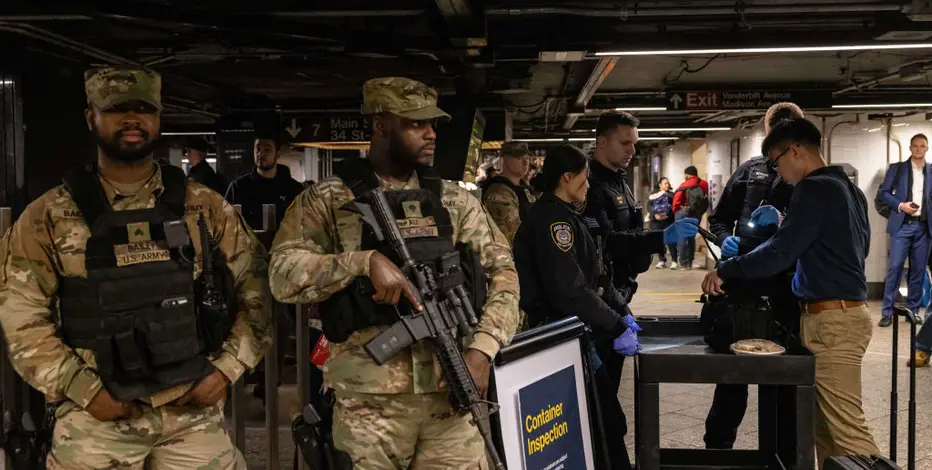Dangerous and unusual is language used to describe arms that actually can be restricted. In order for a gun or other arm to be restricted, it must be both dangerous AND unusual.
All arms are dangerous – that is their purpose. Therefore, the legal term or designation of dangerous would be redundant to apply to arms. Therefore, it has another meaning. “Dangerous” as part of “Dangerous and unusual” actually means posing a threat to public health due to a flaw in the design that renders it indiscriminate in its use or completely left to chance or unpredictable in all matters of use. “Dangerous” cannot have its plain language meaning, for the redundancy would not make logical sense when describing arms – as they are all dangerous. One would not say liquid water can be regulated if it is wet.
An example of a “dangerous” arm would be a firearm that has multiple barrels pointing multiple directions such as the “duckfoot” volley pistol. Such a firearm is not discriminate under any circumstances and suffers a design flaw that could easily allow its misuse. With a single trigger press such a firearm could shoot more than 1 round in more than 1 trajectory – likely to hit unintended targets. It is not possible to aim all barrels carefully at attackers. It would be “dangerous” in accordance with the “dangerous and unusual” language. It would also be “unusual”, as we will explain here.
“Unusual” must have the same meaning as another legal phrase: “not in common use.” This would describe weapons that are extremely rare.
There are plenty of old hand-to-hand combat weapons – historical weapons – that are of course dangerous in the common meaning. Once again, the “dangerous” in “dangerous and unusual” could not redundantly describe weapons/arms, as that would make no logical sense. If it did, then it would continually outlaw antiquated weapons that are collected and fall out of common use and become “unusual.”
The government does not have a valid interest in restricting arms that are antiquated and are not “dangerous” due to design flaw. This further validates the fact that the “dangerous” in “dangerous and unusual” is actually used to describe arms designed in an unreasonable way.
Could “dangerous and unusual” describe something like hand grenades? Perhaps – time will tell. They certainly are not unusual in that they are used in military use all over the world and have been for hundreds of years. We know that the purpose of the 2nd Amendment is to ensure The People have power over all – including and especially power over the military of our own country and foreign armies in the event they threaten life or liberty. This would suggest that small explosives like hand grenades would be protected. They are a discriminate weapon affecting a limited area.
We do know “dangerous and unusual” does not apply to automatic weapons – select fire or machineguns. These arms are also discriminate – they fire from one barrel at one trajectory at a time. Yes they fire rapidly when the trigger is held back, but the fire is controllable. Yes they could be abused and misused, but that is the fact of all arms. That is living in a free society – everyone is free until they have actually committed a crime. Machineguns are also in common use. They were in common use before they were generally outlawed to the public with exorbitant registration fees. They are still in common use by government and private owners. They do not fall into the category of “dangerous” as they discriminately fire in a single trajectory in a reliable and predictable fashion.
An arm must be BOTH woefully designed or unpredictable in a way that makes it extremely likely to injure bystanders even when skillfully used AND extremely rare. A cluster or scattering bomb that could cover a large area in an unpredictable fashion would be an example of a dangerous and unusual arm. Another example would be a firearm that commonly explodes injuring its user and bystanders – that would, indeed, be dangerous as per the legal definition. This designation pretty much applies to zero firearms in existence today, except a very rare few historical arms collected. These collected arms pose no real danger to anyone and could fall under a licensing scheme without violating the 2nd Amendment. Modern rifles, even fully automatic, are not “dangerous” as per the phrase nor are they “unusual” either. The same applies to automatic pistols, submachine guns, and large machineguns. These are all protected arms by the 2nd Amendment.
The bottom line is that if “dangerous” had its regular meaning, then arms technology would freeze in time for the American public and the world. There would no longer be a legal recognition of the pre-existing, inherent, innate, universal human right to be armed sufficiently to provide not only for one’s defense of life but also defense of liberty. Slavery or other oppressive subjugation is not an acceptable alternative to death for everyone. The right to forcefully resist such criminal treatment is the right of all humans. This is the reason there is a right to arms – modern arms – sufficient for the collective general population to resist tyranny from a military or paramilitary force. Therefore, “dangerous and unusual” cannot freeze the right to technology of any time period.




